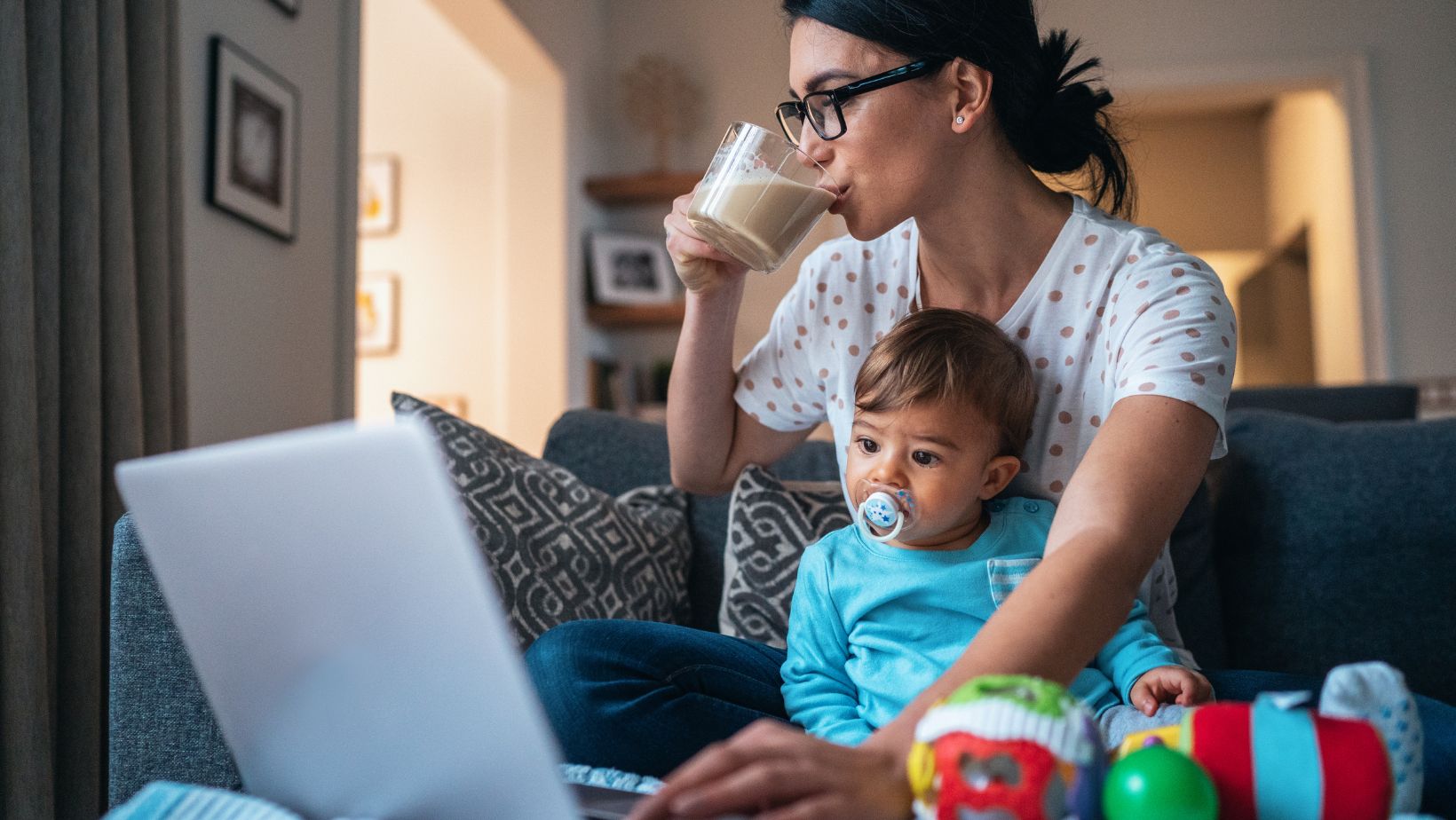
Let’s be honest—when you’re caring for a newborn, your arms are pretty much always full. And as sweet as those sleepy snuggles are, you’ve still got things to do. That’s where a newborn baby carrier comes in. It keeps your little one close (right where they want to be) while giving you a fighting chance at finishing lunch with both hands—or maybe even sipping your coffee while it’s still hot.
In this piece, we’ll unpack why baby carriers are such a game-changer. From emotional benefits to the practical wins, you’ll see how this one tool can help make life a little easier and a lot more connected.
Benefits of Using a Baby Carrier for Your Newborn
Wearing your baby isn’t just convenient—it’s incredibly helpful. Here’s what you might love about it:
- Bonding Time: Nothing beats that warm little body snuggled up on your chest. It’s soothing for your baby and grounding for you.
- Hands-Free Life: Babies want to be held 24/7, but dishes still need washing and emails still need answering. A carrier makes it all possible.
- Supports Physical Growth: A well-made, ergonomic carrier encourages your baby’s hips and spine to develop just the way they should.
- Easier Outings: Whether you’re weaving through a farmer’s market or hopping on a bus, carriers beat bulky strollers any day.
- Keeps Baby Cozy: You’re basically a human heater. Baby carriers use your body heat to help regulate your newborn’s temperature, especially in those early chilly weeks.
Once you get into the swing of babywearing, it feels less like gear and more like second nature.
Emotional and Developmental Benefits for the Baby
Babies are wired to want closeness—and honestly, you probably want it too. Carriers help deliver that connection with every step you take.
Enhanced Bonding and Security
Being held close makes babies feel safe and calm. That constant contact is like a security blanket, helping them settle and feel at ease.
Less Crying, Better Sleep
Studies back this up: babies who are worn tend to cry less and sleep better. Something about that movement, warmth, and heartbeat rhythm just works.
More Learning, Sooner
When babies are upright and engaged with the world, they start soaking in all the sights and sounds around them. Every walk becomes a mini adventure.
Promotes Physical Development
Good carriers support healthy joint development. The “M” position—knees up, bum down—is best for growing hips. Adjustable carriers grow right alongside your little one.
Benefits for Parents and Caregivers
Let’s be real: you benefit from this setup too.
Makes Life More Doable
Grocery runs. Dog walks. Emptying the dishwasher. All of it becomes more doable when your baby is happily tucked into a carrier.
The Momcozy PureHug Baby Carrier is especially helpful here. That hip seat takes the pressure off your back by shifting your baby’s weight to your hips. It’s awesome for those “pick me up… now put me down… now pick me up again” phases.
Comfier for You Too
Modern carriers are built for your body too. Think padded shoulder straps, supportive waistbands, and breathable fabrics that keep you and baby cool.
Breastfeeding on the Go
With a little practice, you can even nurse while wearing your baby. It’s a discreet and cozy option, especially if you’re out and about.
Deeper Connection
Being close to your baby while you go about your day makes it easier to stay emotionally connected. And those coos and grins they give you while peeking up from the carrier? Pure magic.
Health and Safety Considerations
Babywearing should feel good and be safe. Here’s how to make sure it is:
Position Baby Just Right
Keep them upright, close enough to kiss, with clear airways. Their legs should form an “M” shape—you’ll hear this a lot, but it really matters.
Think Hip Health
To support those tiny hips, choose a carrier that’s recognized by the International Hip Dysplasia Institute. Wide seats are key.
Be Smart About Safety
Check buckles, straps, and seams regularly. Make sure baby isn’t too hot. And always keep an eye on their breathing.
Types of Baby Carriers
There’s a carrier style for everyone. Here’s a quick breakdown:
Wraps
These are long pieces of fabric you tie around yourself. Super snug for newborns, though they do take some practice.
Ring Slings
Quick to throw on, easy to adjust. Great for short trips or calming your baby in a flash.
Soft Structured Carriers (SSCs)
With built-in padding and adjustable buckles, these are your go-to for support and comfort. They’re great from the newborn days through toddlerhood.
Mei Tais
A nice middle ground. Structured panel, fabric straps—gives you flexibility and support in one package.
Backpack Carriers
More for the hiking crowd or toddlers who can sit up well. These are rugged, with storage and sunshades built in.
Choosing the Right Carrier
Match It to Baby’s Stage
Newborns need head and neck support, while older babies need more room and structure. Check the age and weight recommendations.
| Age Range | Recommended Carrier Types |
| Newborn – 3 mo | Soft structured carriers, wraps |
| 3 – 6 mo | Wraps, ring slings |
| 6 – 12 mo | Soft structured carriers |
Comfort Counts
Your comfort matters too. Try on a few, feel the padding, adjust the straps. You’ll know when one feels right.
Make Sure It’s Easy to Use
If it takes 15 minutes and a YouTube tutorial every time, it’s not the one. You want something that slips on and off without a fuss.
Safety First
Always look for certifications from trusted groups like ASTM and the International Hip Dysplasia Institute. Bonus points for non-toxic, baby-safe fabrics.
Conclusion
A good baby carrier is more than just baby gear—it’s a parenting partner. It keeps your hands free and your baby close, whether you’re running errands, sipping coffee, or just getting through the day.
Choose one that feels good, supports your baby’s growth, and fits your lifestyle. Because when you’re both comfortable and connected, everything else tends to go a bit more smoothly.


